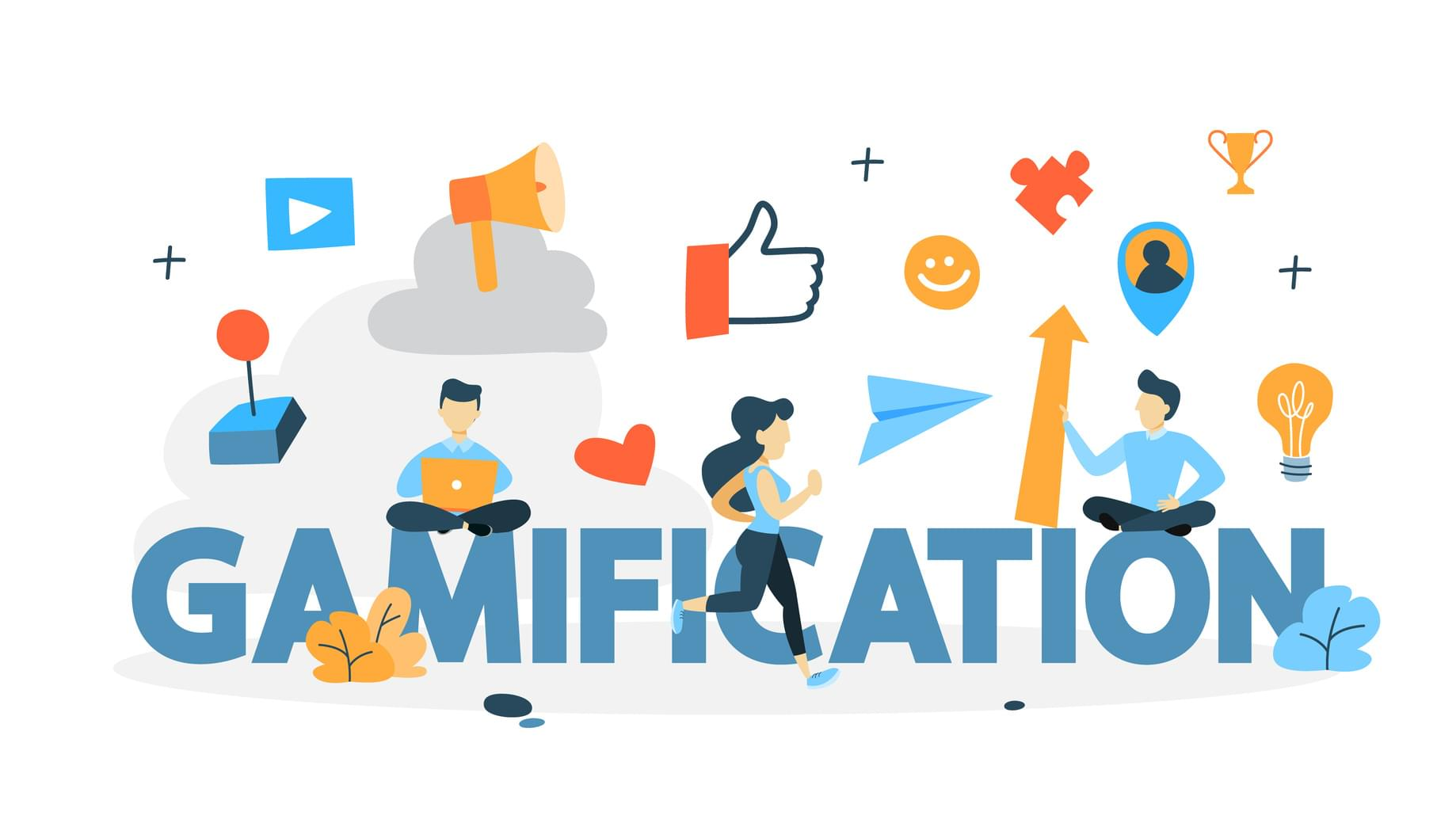Gamification Explained: What Web Developers Can Learn from Video Game UI
Discover how gamification and video game UI design can enhance your web development. Learn tips to boost user engagement through interactive interfaces.


In the high-stakes world of digital attention, developers face a persistent challenge: how to keep users engaged.
Enter gamification—a strategy borrowed from the addictive design of video games. But this isn’t about turning your website into a game. It’s about borrowing proven principles from game UI to make your digital experiences more intuitive, rewarding, and sticky.
If you’ve ever spent hours navigating a game interface without frustration, you’ve experienced the magic of good UX design in gaming. The question is: What can web developers learn from that?
Let’s explore.
🎮 What Is Gamification in Web Design?
Gamification is the use of game-like elements—like points, levels, rewards, and progress bars—in non-game environments. In web development, it means applying design and interaction models from video games to websites or apps to encourage specific behaviors.
Think:
- Progress indicators during onboarding
- XP (experience points) in learning platforms
- Unlockable content after completing actions
- Badges for engagement milestones
These micro-interactions reward users, offer feedback, and guide action—just like a well-designed video game.
🎯 Why Game UI Works (and Why It Matters for the Web)
Game designers are masters of user motivation. They build UIs that:
- Are visually rewarding
- Reduce friction
- Provide constant feedback
- Create a sense of progress and mastery
As a developer, applying these elements can dramatically improve UX and increase retention, whether you're building a SaaS dashboard, an e-commerce site, or an online course.
"A great UI in gaming teaches without tutorials. A great website should do the same." – Every frustrated user, ever.
🧩 5 Video Game UI Lessons Web Developers Can Use
1. Progress Tracking Makes Users Feel Accomplished
Games do it: XP bars, mission progress, collectible counts
Web developers can:
- Use progress bars during signup flows or surveys
- Show learning modules or course checkpoints
- Provide visible feedback (e.g., "Profile 60% complete")
🧠 Psychology insight: The “Zeigarnik Effect” shows people are more likely to complete tasks once they’ve started them.
2. Feedback Loops Keep Users Engaged
Games do it: Level-up animations, sound effects, visual rewards
Web developers can:
- Add micro-interactions on clicks or achievements
- Use subtle animations for task completion
- Reward return visits with streaks or badges
Feedback makes users feel seen and rewarded. Even something as simple as a “You did it!” message can add joy to an interaction.
3. Clear Navigation = Better Exploration
Games do it: Mini-maps, quest logs, intuitive button placement
Web developers can:
- Organize interfaces with visual hierarchy
- Use breadcrumbs, tooltips, and hover states
- Maintain consistent iconography and spacing
Make your UI explorable, not overwhelming. Guide users like a game guides players—with clarity, not clutter.
4. Unlockables & Achievements Motivate Action
Games do it: Unlock new characters, worlds, or items
Web developers can:
- Use gated content based on interaction milestones
- Add achievements (e.g., “Completed 5 workouts this week!”)
- Encourage profile completion by unlocking features
This introduces intrinsic motivation—users feel excited to explore, not just click out of obligation.
5. Minimalist, Diegetic Design Reduces Cognitive Load
Games do it: In-world HUDs, context-aware controls
Web developers can:
- Keep interfaces clean and context-sensitive
- Avoid showing all controls/options at once
- Guide users progressively through actions
Overwhelming interfaces frustrate users. Gamified UIs know when to hide and when to reveal, which is key in web design too.
💡 Real-World Examples of Gamified Web Design
- Duolingo: XP, streaks, leveling up, and playful animations
- Trello/Notion: Satisfying card movements, checklists, and feedback
- Headspace: Calm design with milestones, visual journeys, and badges
- Nike Run Club: Run streaks, trophies, and progress tracking
These apps blur the line between game and productivity tool—and users love it.
🧠 Bonus: UX Psychology Games Have Mastered
- Flow State: Keeping users in the “just-challenging-enough” zone
- Endowment Effect: Progress bars make users feel ownership
- Variable Rewards: Occasional surprises keep people coming back
Gamification taps into deeply rooted psychological triggers—and your web product can too.
⚙️ How Developers Can Start Using Gamification Today
- Use libraries like Framer Motion or Lottie for playful UI animations
- Add a simple reward system (badges, levels, progress) to your app
- Use Firebase or Supabase to track streaks or actions
- Start with just one gamified flow—like user onboarding
Final Thought: Games Aren’t Just Fun—They’re Frictionless
Video games keep users glued to screens because they feel good to use. As a web developer, you don’t need to turn your site into Fortnite—but you can borrow the frictionless, motivating UI patterns that make games work.
Design with feedback. Reward progress. Guide playfully. And above all—make users feel like they’re winning.
Suggested External Links:
- https://uxdesign.cc – Deep dives on UI and gamification
- https://gameui.tumblr.com – Visual archive of video game UIs